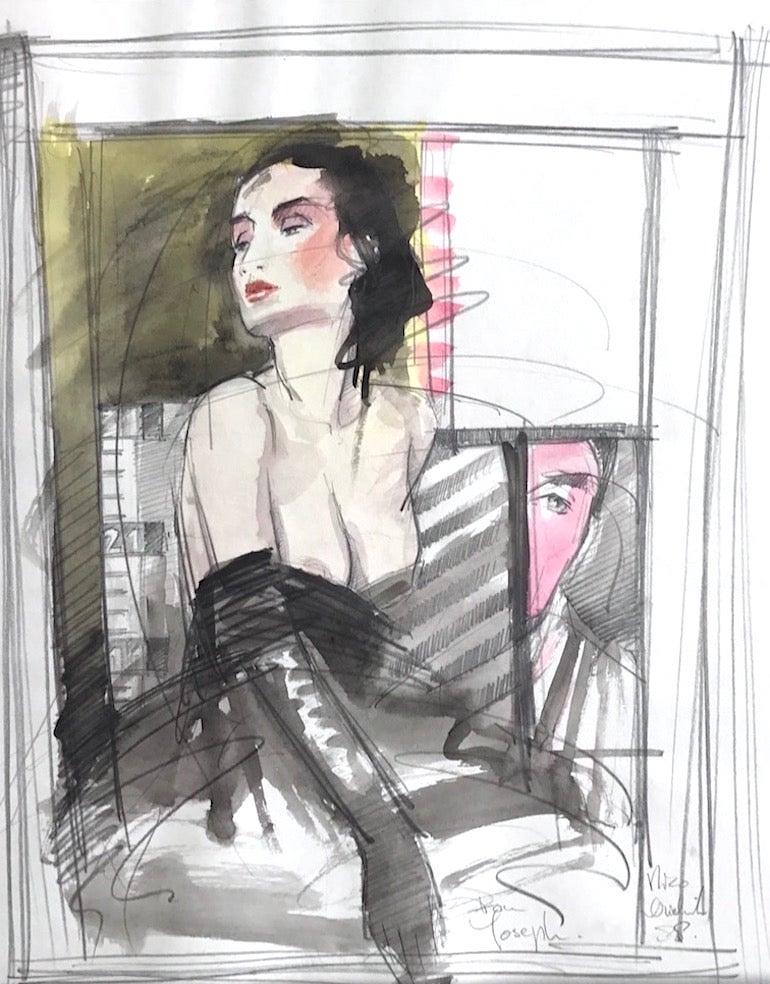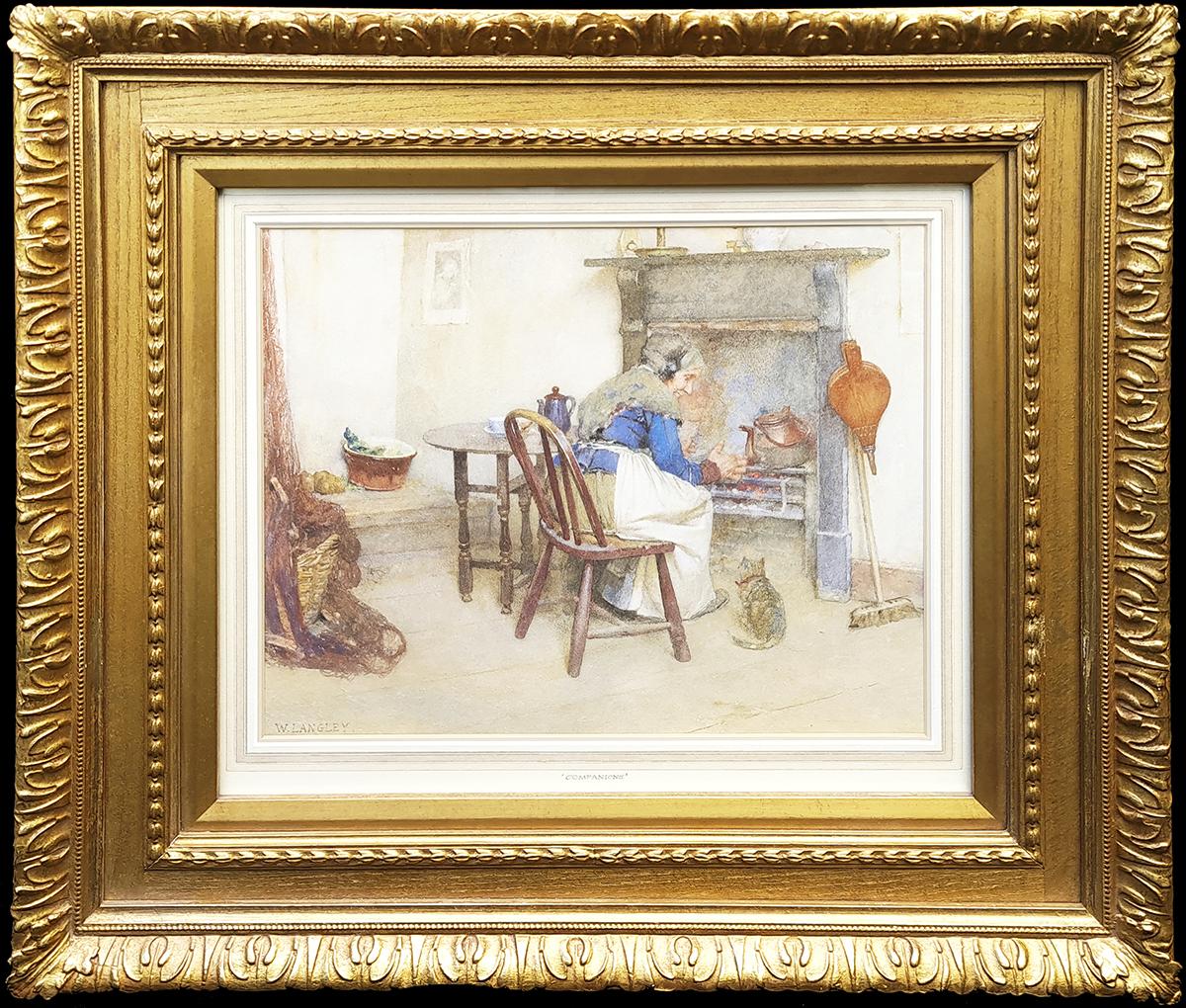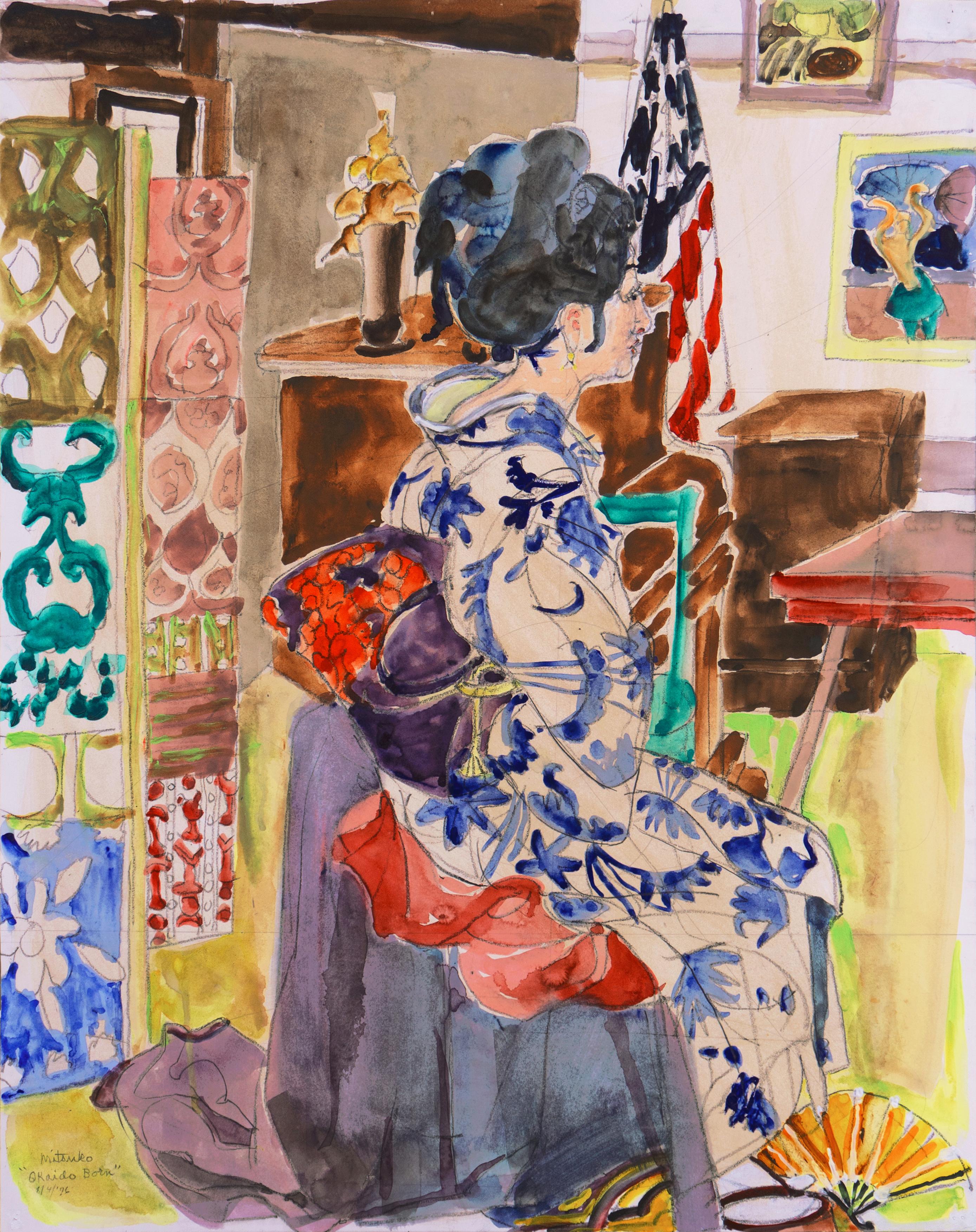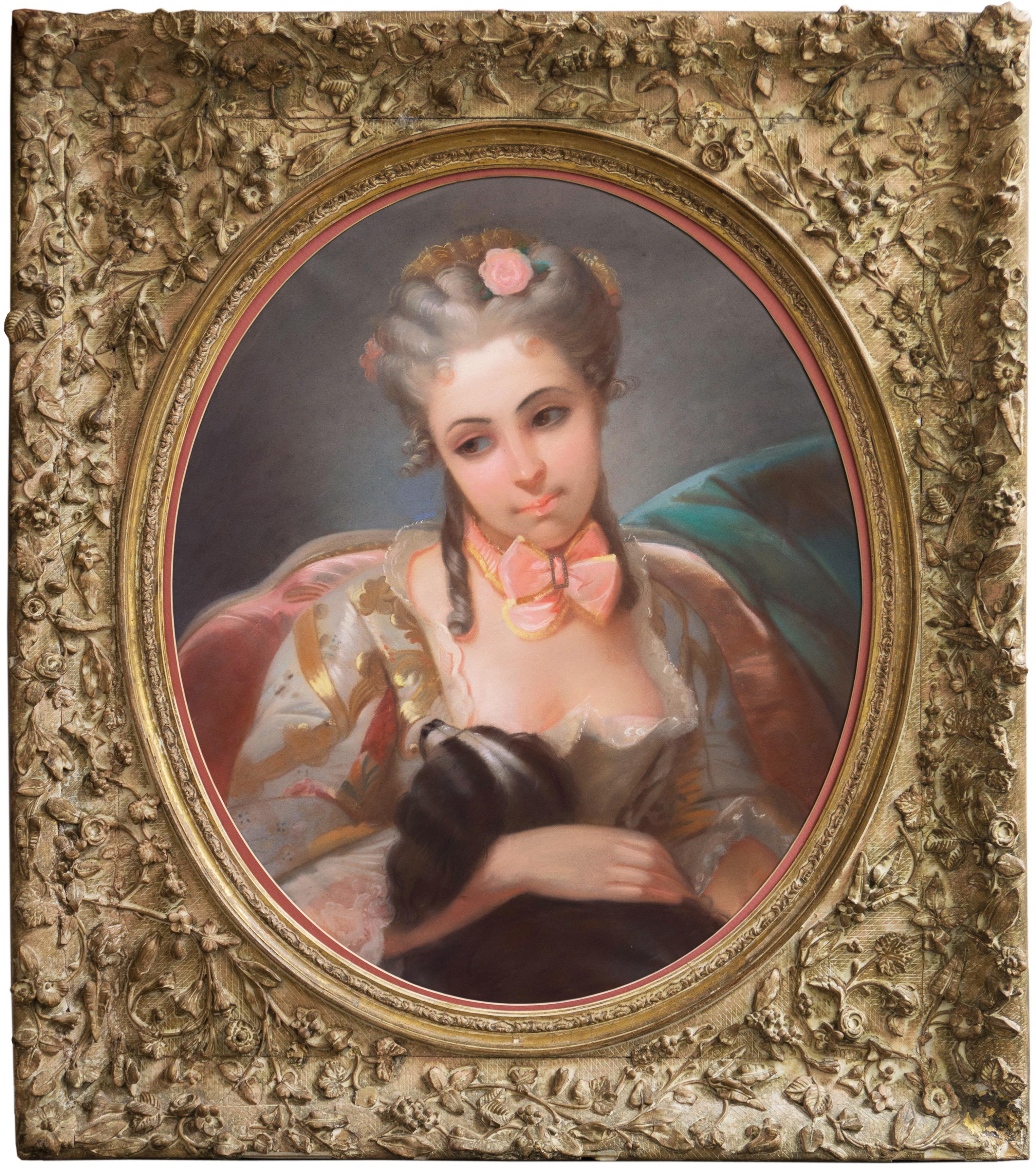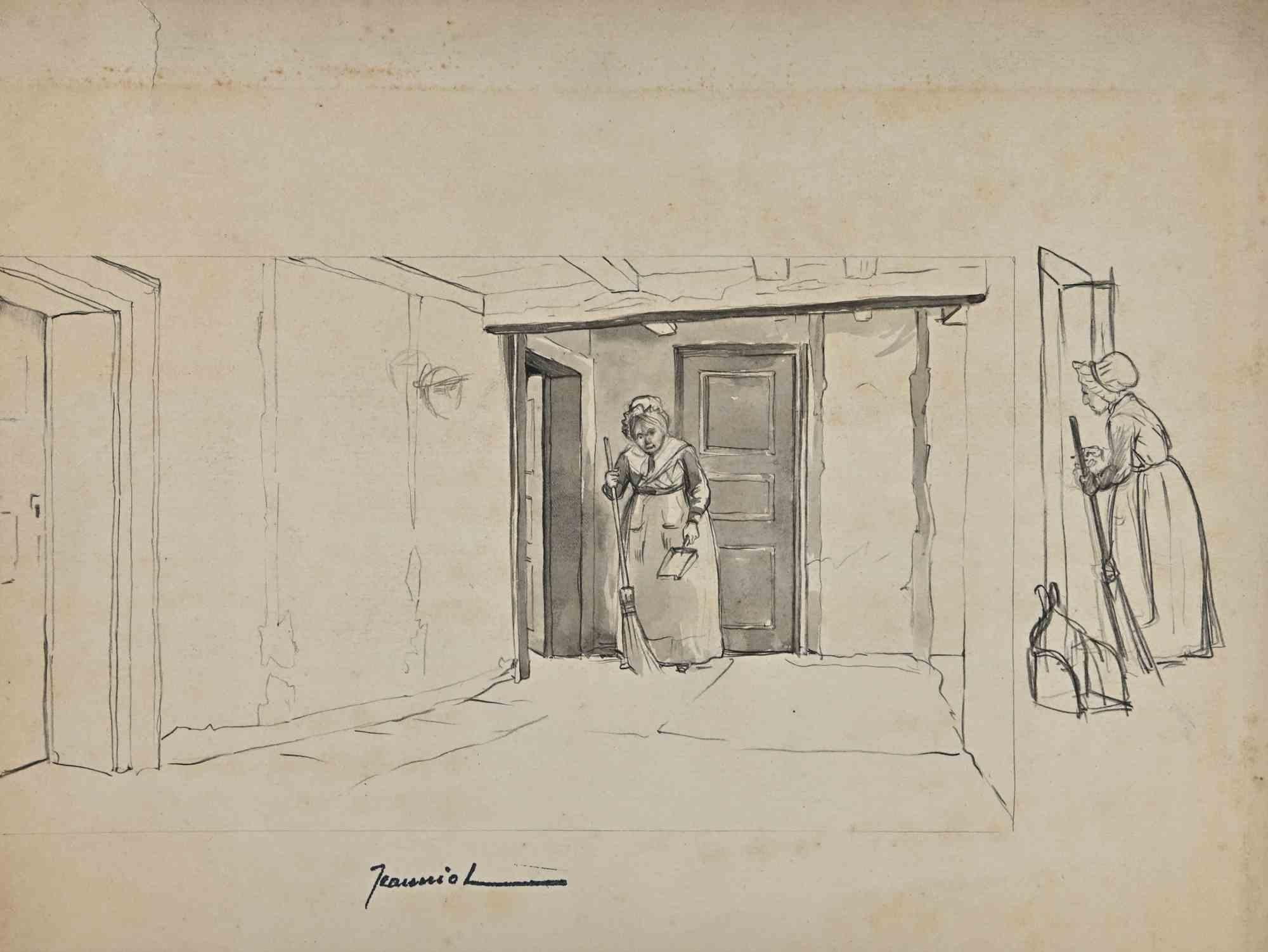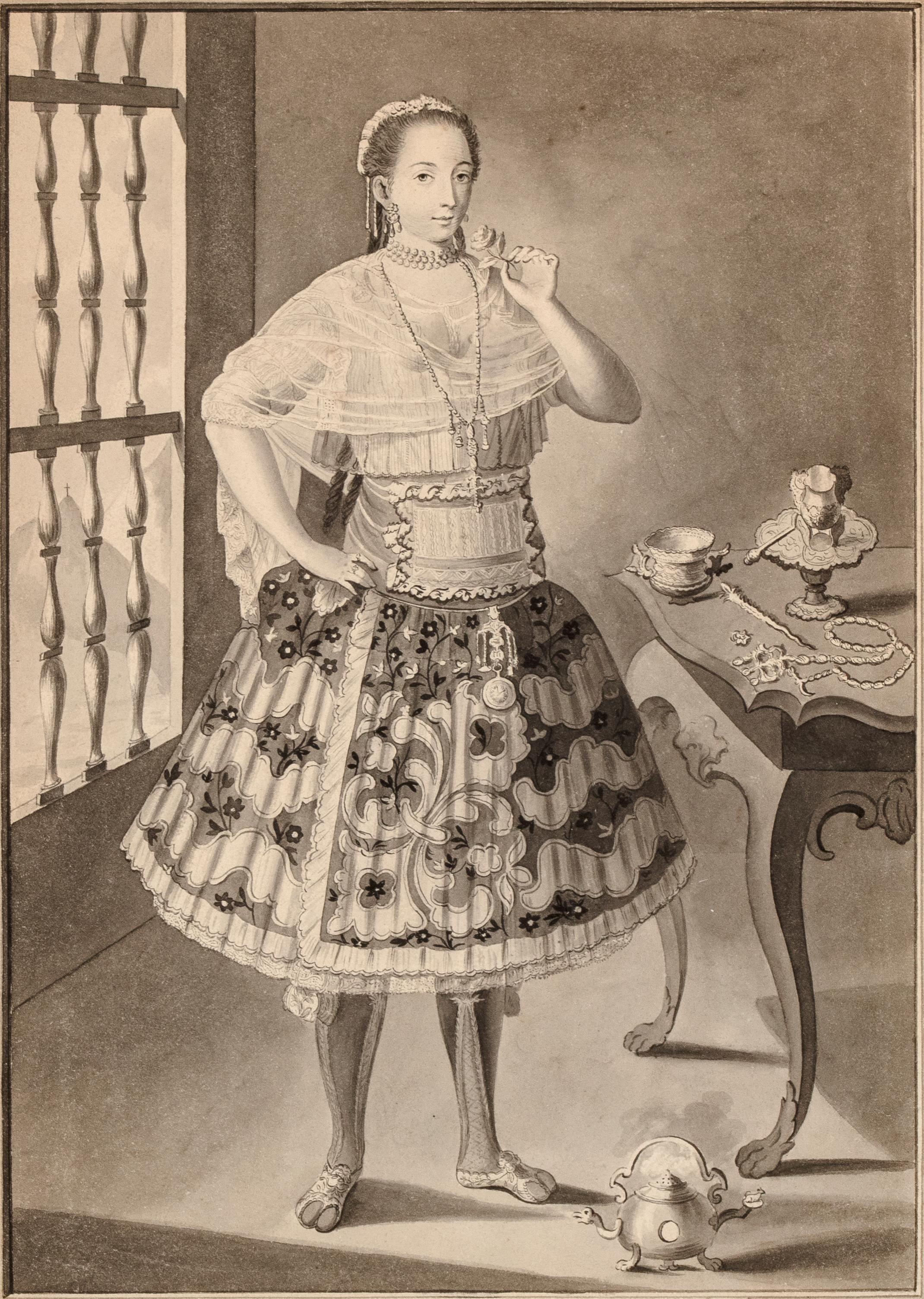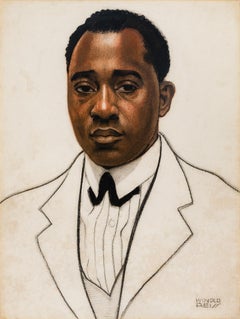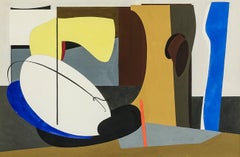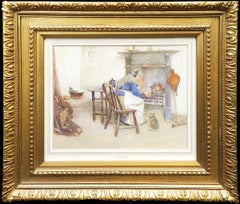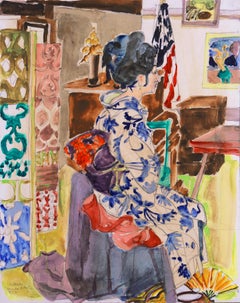!["JUDGE. WALKER"/ "LIBRARY" [77/78]](https://a.1stdibscdn.com/archivesE/art/upload/23/5663/M10163D_s.040_s.jpg)
"JUDGE. WALKER"/ "LIBRARY" [77/78]
View Similar Items
Want more images or videos?
Request additional images or videos from the seller
1 of 2
James Edward Deeds Jr."JUDGE. WALKER"/ "LIBRARY" [77/78]1936-1966
1936-1966
About the Item
- Creator:James Edward Deeds Jr. (1908-1987, American)
- Creation Year:1936-1966
- Dimensions:Height: 9.25 in (23.5 cm)Width: 8.375 in (21.28 cm)
- Condition:
- Gallery Location:New York, NY
- Reference Number:Seller: M 10163D.0401stDibs: G14020123593
About the Seller
5.0
Recognized Seller
These prestigious sellers are industry leaders and represent the highest echelon for item quality and design.
Established in 1952
1stDibs seller since 2010
32 sales on 1stDibs
Typical response time: 10 hours
Associations
Art Dealers Association of America
More From This SellerView All
- Portrait of Robert Nathaniel Dett (1882-1943)By Winold ReissLocated in New York, NYSigned (at lower right): WINOLD/REISSCategory
20th Century American Modern Portrait Drawings and Watercolors
MaterialsPastel
Price Upon Request - Japanese GirlBy Winold ReissLocated in New York, NYSigned (at lower right): WINOLD/REISSCategory
20th Century American Modern Portrait Drawings and Watercolors
MaterialsPastel
Price Upon Request - UntitledBy Charles Houghton HowardLocated in New York, NYCharles Houghton Howard was born in Montclair, New Jersey, the third of five children in a cultured and educated family with roots going back to the Massachusetts Bay colony. His fat...Category
20th Century American Modern Abstract Drawings and Watercolors
MaterialsPaper, Gouache, Graphite
- Tourists Viewing the Temple of Karnak, EgyptBy Eleanor Parke CustisLocated in New York, NYEleanor Park Custis painted scenes as varied as the artist's travels: from her hometown of Washington, D.C., to the coastal towns of New England; from the prosperous fishing villages of Brittany, to Venice and the mountain villages and lakes of northern Italy. While Custis's subjects are diverse, her style is consistent and distinctive throughout this body of work. Her use of flat areas of color delineated by dark contours is reminiscent of the aesthetics of woodblock printing. Like many artists of the day, she was profoundly influenced by Japanese woodblock prints, and her adaptation of the aesthetic by 1924 led to her most productive artistic period. Eleanor Custis hailed from a socially prominent Washington, D.C., family. She was distantly related to Martha Custis Washington, America's first First Lady. Custis began three years of formal art training in the autumn of 1915 at the Corcoran School of Art in Washington, and was guided and inspired by Impressionist artist Edmund C. Tarbell, one of the Ten American Painters, who became the Corcoran School's principal in 1918. Custis exhibited widely in many of the Washington art societies and clubs for much of her career. She was also a frequent exhibitor at the Grand Central Art Galleries in New York City; her last one-woman show there was in April 1945. Custis's mature style emerged in scenes of the streets, wharves, and drydocks of seacoast villages from Maine to Massachusetts, which she visited during the summers of 1924 and 1925. She was working in Gloucester, Massachusetts in August 1924, and painted several gouaches of the town's wharves and winding streets, including In Gloucester Harbor and At the Drydock, Gloucester. During her stay, Custis may have met Jane Peterson or at least must have seen her work, the best of which was executed in Gloucester during the preceding ten years. The similarity between their styles is unmistakable, but, while it may be tempting to suggest that Custis was influenced by Peterson during her summer in Gloucester, the connection between their work is probably more a case of shared aesthetics and common European influences. Custis expanded her subject repertoire with three trips to Europe between 1926 and 1929, and was inspired by the Old World charm of Holland, northern France, Switzerland, and Italy, leading to such works as New Kirk, Delft, Holland, Market Day in Quimper, At the Foot of the Matterhorn, and The Town Square, Varenna. A Mediterranean cruise in 1934 introduced her to the Near East, and the bustling, colorful streets and bazaars of Cairo, captured in works like A Street in Cairo, Egypt and A Moroccan Jug...Category
20th Century American Realist Landscape Drawings and Watercolors
MaterialsPaper, Gouache
- Passaic Falls in New JerseyBy Nicolino V. CalyoLocated in New York, NYNicolino Calyo's career reflects a restless spirit of enterprise and adventure. Descended in the line of the Viscontes di Calyo of Calabria, the artist was the son of a Neapolitan army officer. (For a brief biographical sketch of the artist see Philadelphia Museum of Art, Pennsylvania, Philadelphia: Three Centuries of American Art, exhib. cat. [1976], pp. 299-301 no. 257.) Calyo received formal training in art at the Naples Academy. His career took shape amidst the backdrop of the political turbulence of early nineteenth-century Italy, Spain, and France. He fled Naples after choosing the losing side in struggles of 1820-21, and, by 1829, was part of a community of Italian exiles in Malta. This was the keynote of a peripatetic life that saw the artist travel through Europe, to America, to Europe again, and back to America. Paradoxically, Calyo’s stock-in-trade was close observation of people and places, meticulously rendered in the precise topographical tradition of his fellow countrymen, the eighteenth-century vedute painters Antonio Canale (called Canaletto) and Francesco Guardi. In search of artistic opportunity and in pursuit of a living, Calyo left Malta, and, by 1834, was in Baltimore, Maryland. He advertised his skills in the April 16, 1835 edition of the Baltimore American, offering "remarkable views executed from drawings taken on the spot by himself, . . . in which no pains or any resource of his art has been neglected, to render them accurate in every particular" (as quoted in The Art Gallery and The Gallery of the School of Architecture, University of Maryland, College Park, 350 Years of Art & Architecture in Maryland, exhib. cat. [1984], p. 35). Favoring gouache on paper as his medium, Calyo rendered faithful visual images of familiar locales executed with a degree of skill and polish that was second nature for European academically-trained artists. Indeed, it was the search for this graceful fluency that made American artists eager to travel to Europe and that led American patrons to seek out the works of ambitious newcomers. On June 16, 1835, the Baltimore Republican reported that Calyo was on his way north to Philadelphia and New York to paint views of those cities. Calyo arrived in New York, by way of Philadelphia, just in time for the great fire of December 1835, which destroyed much of the downtown business district. He sketched the fire as it burned, producing a series of gouaches that combined his sophisticated European painting style with the truth and urgency of on-the-spot observation. Two of his images were given broad currency when William James Bennett reproduced them in aquatint. The New-York Historical Society owns two large Calyo gouaches of the fire, and two others, formerly in the Middendorf Collection, are now in the collection of Hirschl & Adler Galleries. From 1838 until 1855, Calyo listed himself variously in the New York City directories as a painter, a portrait painter, and as an art instructor, singly, and in partnership with his sons, John (1818-1893) and later, the younger Hannibal (1835-1883). Calyo also attracted notice for a series of scenes and characters from the streets of New York, called Cries of New York. These works, which were later published as prints, participate in a time-honored European genre tradition. Calyo’s New York home became a gathering place for European exiles, including Napoleon III. Between 1847 and 1852 Calyo exhibited scenes from the Mexican War and traveled from Boston to New Orleans with his forty-foot panorama of the Connecticut River. Later, he spent time in Spain as court painter to Queen Maria Christina, the result of his continuing European connections, but he was back in America by 1874, where he remained until his death. The Passaic River rises in the hills just south of Morristown, New Jersey, marking a serpentine eighty-mile course before it empties into Newark Bay. It flows north-northeast to Paterson, where it falls seventy feet in a spectacular cataract before continuing south through Passaic and Newark. William Gerdts, in Painting and Sculpture in New Jersey (1964, pp. 51-2), describes the falls as: the most important [landscape] subject in New Jersey during the eighteenth and nineteenth centuries. . . . The Passaic Falls remained a popular spot, particularly during the romantic period. Indeed, newspapers, periodicals, and gift books contain many accounts of visits to the Falls, sentimental poems written about them or about a loved one visiting the Falls, or even, occasionally, in memory of one who perished in the waters of the Falls — usually intentionally. . . . Waterfalls . . . were popular among travelers in the period and the Passaic Falls were only surpassed by Niagara Falls and Trenton Falls...Category
19th Century American Realist Landscape Drawings and Watercolors
MaterialsPaper, Gouache
- Red SeaBy Louisa ChaseLocated in New York, NYLouisa Lizbeth Chase was born in 1951 to Benjamin and Wilda Stengel Chase in Panama City, Panama, where her father, a West Point graduate, was stationed. The family moved to Pennsylv...Category
20th Century American Modern Abstract Drawings and Watercolors
MaterialsPaper, Watercolor, Woodcut
Sold$4,000
You May Also Like
- Portrait of a Boy - British Art Deco interior painting seated male female artistBy Anna AiryLocated in London, GBThis large stunning watercolour portrait was painted circa 1930 by noted British female artist Anna Airy. The portrait depicts a full length boy seated in a beautiful Art Deco interi...Category
1930s Art Deco Portrait Drawings and Watercolors
MaterialsWatercolor
- CompanionsBy Walter LangleyLocated in Belgravia, London, LondonWatercolour on paper Paper size: 10 x 13.75 inches Framed size: 18.75 x 21.5 inches Signed lower leftCategory
19th Century Portrait Drawings and Watercolors
MaterialsPaper, Watercolor
$20,276 - 'Out of Hokkaido', Carmel Art Association Exhibit, Japanese portrait, KimonoLocated in Santa Cruz, CABy Virginia Conroy Dedini (American, 1922-2006). Titled lower left, 'Mitsuko ''Okaido Born''' and dated August 1976. Exhibited: Carmel Art Associati...Category
1970s Post-Impressionist Portrait Drawings and Watercolors
MaterialsPaper, Watercolor, Gouache, Graphite
- Mon dieu, gardez-moi mon enfant - Watercolor by Paul Delhommeau - 1868Located in Roma, ITMon dieu, gardez-moi mon enfant is an original artwork realized by Paul Delhommeau, in 1868. Watercolor drawing on brown cardboard glued on on a white paper ...Category
1860s Interior Drawings and Watercolors
MaterialsWatercolor
- 'Young Lady with a King Charles Spaniel', French School, Rococo Revival PastelLocated in Santa Cruz, CAA substantial, late 19th century, French School portrait of an elegantly dressed young woman of the court, shown holding her English spaniel in her arms and gazing towards the viewer...Category
Late 19th Century Rococo Portrait Drawings and Watercolors
MaterialsPaper, Pastel
- SEDUCTRESS Signed Watercolor, Erotic Fashion Portrait, Modern Boudoir ArtBy Nico VrielinkLocated in Union City, NJSEDUCTRESS is a unique original mixed media watercolor and graphite on paper, hand drawn and painted by the Dutch artist Nico Vrielink. SEDUCTRESS portrays a dark haired young woman wearing an off-shoulder evening gown and long elegant evening gloves looking sideways over her shoulder, seductively posing on a modern settee, her warm coral pink lipstick, rose lavender eye shadow and warm rose blushed cheeks enhancing her passionate mood. SEDUCTRESS is an erotic fashion portrait of expressive, modern boudoir art...Category
1980s Contemporary Portrait Drawings and Watercolors
MaterialsWatercolor, Graphite, Paper, Mixed Media

